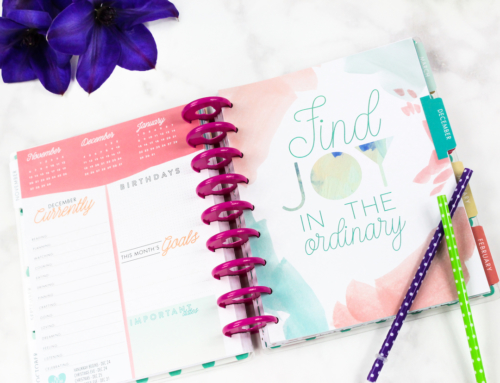Bullet journals are great for making lists for the future, building your business, managing your finances, and relieving your stress. However, did you know that another great benefit for bullet journals is that they can help you stay organized?
No matter what you need to plan, a bullet journal for all your planning needs is the way to go. You can replace all the Post-it notes lying around all over the place and keep organized. It becomes a type of personalized planner that you create based on your own needs.

How to Become More Organized With a Bullet Journal
Take a look at some of these tips for becoming more organized with a bullet journal.
Use the Bullet Journal Every Day
First of all, try to use your bullet journal every single day. This means having a section for daily logs, where you list your tasks for the day, appointments, moods, and anything else you need to include.
If you have a personal blog, you might list what to post about that day and what to take pictures of. You may have a doctor’s appointment or need to bring your son to soccer practice. All of this should be constantly updated in the daily portion of the journal.
Include Many Different Categories
Adding multiple categories for your journal is also recommended. Some people limit it to the things they have the biggest problem with, like meal planning or keeping up with appointments.
However, nearly every part of your life has a good reason for having pages in the bullet journal. Include things like finances and savings, work goals, even personal diary entries if you are trying to figure out what triggers your panic attacks.
Continue to Look For Inspiration
View this post on Instagram
Organizing your bullet journal might be part of your hesitation to start one, but don’t think you have to do it all alone. You can get help and inspiration by taking a peek at other bullet journal pages others have created. This helps you know what types of things to include and how to design the layouts for each page.
Use Signifiers Throughout the Journal
Organizing is sometimes about the details, such as signifiers. These are small symbols you use when describing an emotion, mood, or type of schedule. You can use one symbol for your mood of excitement or happiness, another symbol for an urgent matter, or a symbol to describe what type of appointment you have.
Keep Your Index Updated
The index is one of the most important parts of the journal and needs to be updated. Many people create an index in the beginning, but then forget to revisit it later and update it with the new information.




